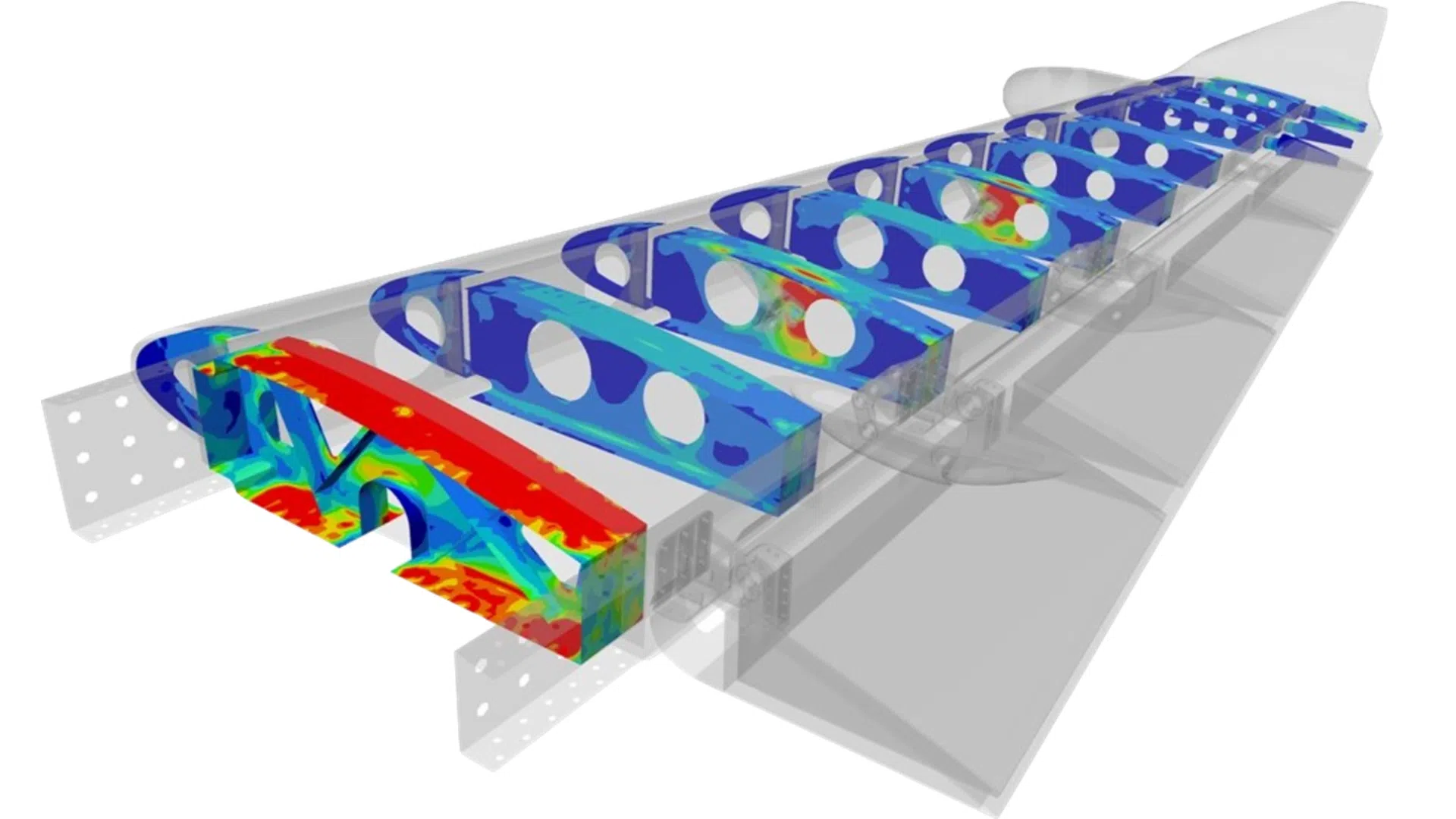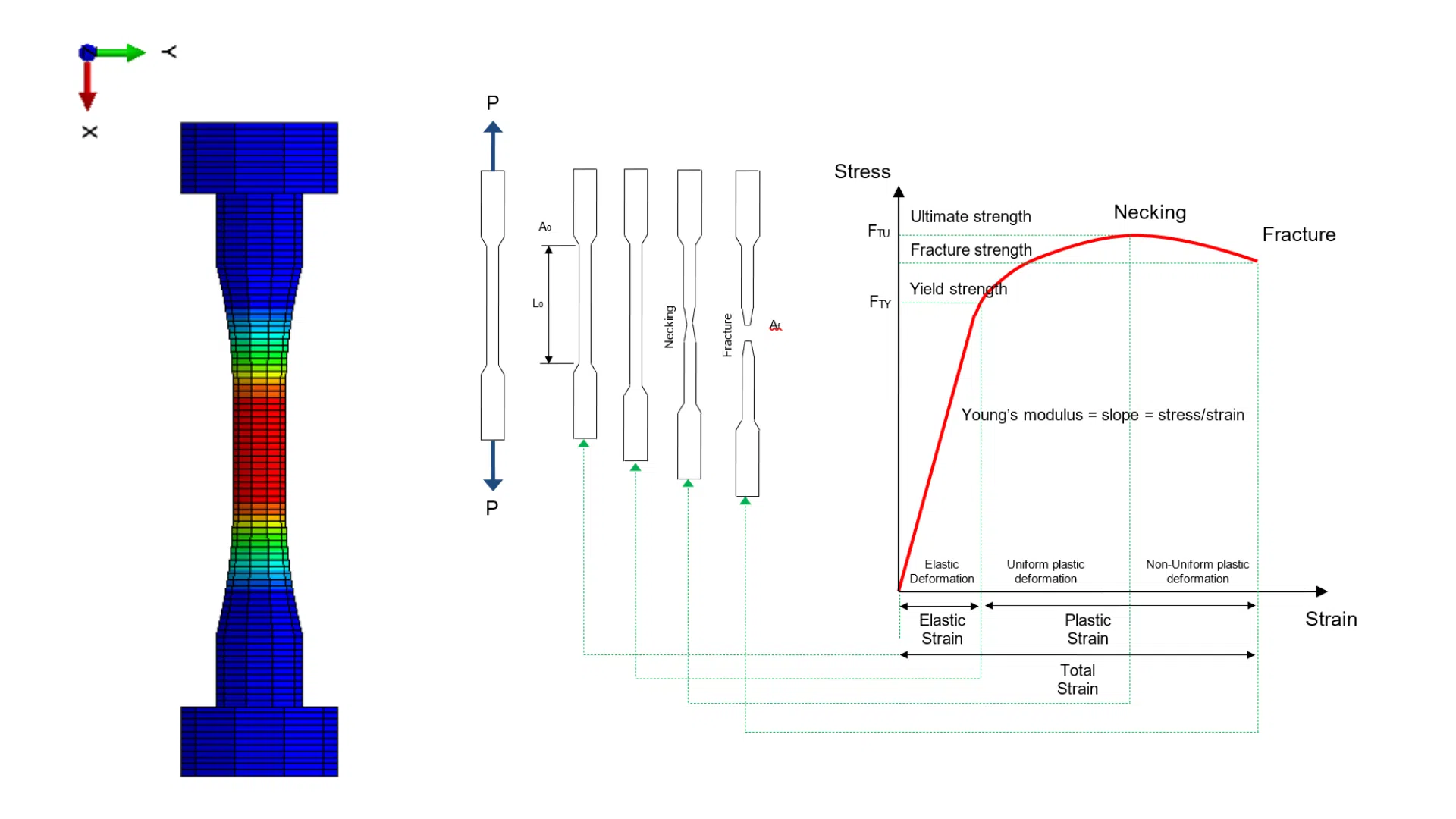In this new entry on Computational Fluid Dynamics (CFD) we will study an advanced turbulence model that combines the ideas of the hybrid LES-RANS model with the ability to represent laminar-turbulent transition effects.
We will perform a study with an unsteady transition flow around a cylinder. The steps to follow can be found in the tutorial available in our Downloads section. Then we will show the most relevant results comparing a hybrid model with a fully turbulent one.
Preparation of the model
We will use a circular domain sufficiently extended around the cylinder. The boundary conditions are a far field on the outer contour of the circle, a non-slip wall on the cylinder and symmetry on the side walls.
After that, the mesh and the surfaces where detailed results are to be obtained for post-processing are configured. The following image shows the study domain.

CFD Simulation and Results
In the following, the case is simulated with SST model and IDDES model, both with regime transition effects activated. As in the previous tutorials, the results of a stationary case will be used as the initial condition of the transients. This allows to avoid the initial phase of flow establishment and to obtain directly the results of the behaviour to be studied.
First of all, it must be verified that the boundary layer is well resolved by analysing the Y+ values obtained. After this verification, we can observe the patterns formed by the flow as the vortices are detached. In the following images we can see the results of the pressure field.

And in these we see the velocity field in the wake of the cylinder:

The intermittency results, associated with the regime transition, show relevance in the detachment zone, as can be seen in the following image:

Once again, this example shows the relevance of choosing a turbulence model suitable for the phenomena to be observed in a CFD simulation. These hybrid models allow better visualisation of unsteady flow patterns. Models with transition effects are suitable for problems where part of the flow is laminar and part turbulent, or for CFD simulations of transitional flow. The combination of these techniques allows for accurate resolution of highly complex flows.


